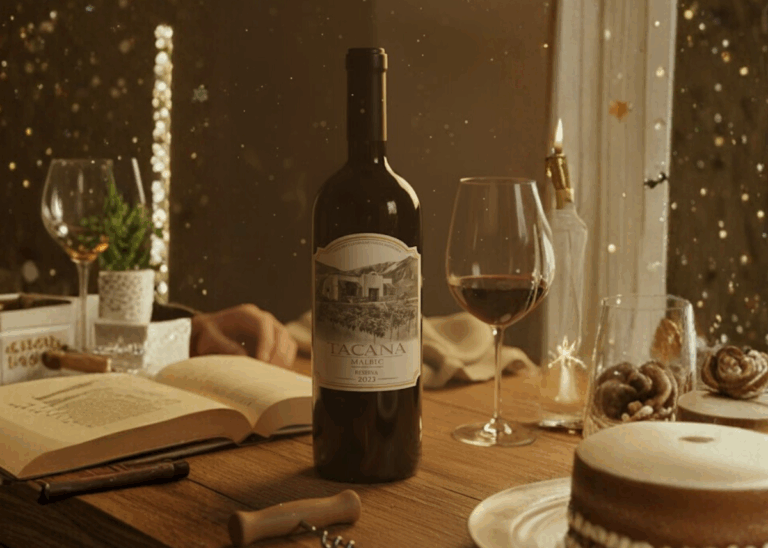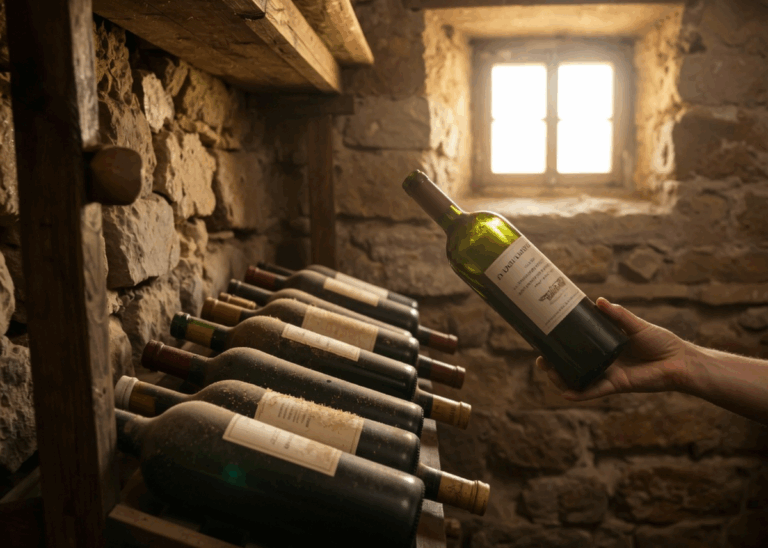[et_pb_section fb_built=”1″ admin_label=”section” _builder_version=”3.22″ global_colors_info=”{}”][et_pb_row admin_label=”row” _builder_version=”3.25″ background_size=”initial” background_position=”top_left” background_repeat=”repeat” global_colors_info=”{}”][et_pb_column type=”4_4″ _builder_version=”3.25″ custom_padding=”|||” global_colors_info=”{}” custom_padding__hover=”|||”][et_pb_text _builder_version=”4.11.1″ _module_preset=”default” global_colors_info=”{}”]
“I saw some sad faces,” said Diego. He had just recently returned from a few days spent on horseback touring the Calchaquí Valley in northwestern Argentina.
We were puzzled. For those of you who haven’t been following the World Cup, Argentina has been on roll (they’ll be playing France in the final this Sunday). What Argentine could possibly be in a sour mood?
As it turned out, two weeks preceding Diego’s arrival a frost had hit.
More on that in a moment. But first… Should you be freezing your wine?
This week with Julien Miquel, we discuss what happens when you freeze wine… including what temperature is dangerous… how freezing affects taste & texture… and why you may actually want to consider freezing some of your own wine in the future…
[/et_pb_text][et_pb_video src=”https://youtu.be/MSB5oMEDBIw” module_id=”video” _builder_version=”4.11.1″ _module_preset=”default” width=”70%” width_tablet=”80%” width_phone=”100%” width_last_edited=”on|phone” module_alignment=”center” global_colors_info=”{}”][/et_pb_video][et_pb_text _builder_version=”4.11.1″ _module_preset=”default” hover_enabled=”0″ global_colors_info=”{}” sticky_enabled=”0″]
An Early Frost Hits 2023 Calchaquí Vintage (Continued)
The frost had come at the worst possible time – just after bud break. As we wrote to you back in October, bud break is the awakening of the vine after its invernal slumber. Using the very last of its water and nutrients from the previous season, the vine pushes little green shoots out of its pruned limbs to begin growing anew.
“The new vine is very delicate,” explained Diego. “They had expected the last frost in October before the bud break. This year, however, it came in November. Una desgracia as we say.”
A frost, even late, won’t necessarily kill a vine. But if it kills the buds and green shoots, it may either partially or completely stop the vine from bearing fruit for the season. (While frost-stricken vines often yield another round of green shoots, the secondary shoots seldom bear fruit.)
As we’ve said many times, vines in the Calchaquí often teeter on the brink of survival. This is normally an advantage as the resulting wine is far richer (and full of resveratrol). Frost is the exception (unless the vine is an ice wine varietal).
What’s a disaster for the vine is a disaster for the vintner, particularly those who have invested in new vines (already an investment that can take years to generate a return).
Out in Cachi, at the valley’s northern end, our friend Augustín Lanús (of Sunal) had planted new vines only to see them lost to frost. For those of you who tasted his Sunal Salvaje from Cachi at the start of this year, you know what a loss this is in terms of great wine, not to mention in revenue.
But Augustín is in good company. The frost spared no one, not Matías Etchart in the Quebrada San Lucas (Arca Yaco) nor Raúl Dávalos in Tacuil (Doña Ascensión, “RD,” and more Partnership favorites).
“They say the Valley lost 30% of its production,” said Diego. “And we’re lucky. Down in Mendoza [Argentina’s more commercial wine region 500 miles to the south], it was even worse.”
Still, it wasn’t all bad news. Our own vineyard of Pucarilla, where we grow the Tacana grapes, escaped the carnage. Our savior was our altitude – at 8,421 ft. we pruned later than “lower” altitude vineyards (“lower” being relative here as all of these vineyards are extreme altitude). Because we pruned later, the buds broke later, and were still encased in their bark during the frost.
That said, “it’s a bit early to celebrate,” Diego reminded us. It rained recently which means there’s always the possibility of hail.
We’ll see… in the meantime, when you’re in front of the fire this season, be sure to raise a glass of malbec in support of your Calchaquí friends.
Until next time,
The Wine Explorer
[/et_pb_text][/et_pb_column][/et_pb_row][/et_pb_section]


